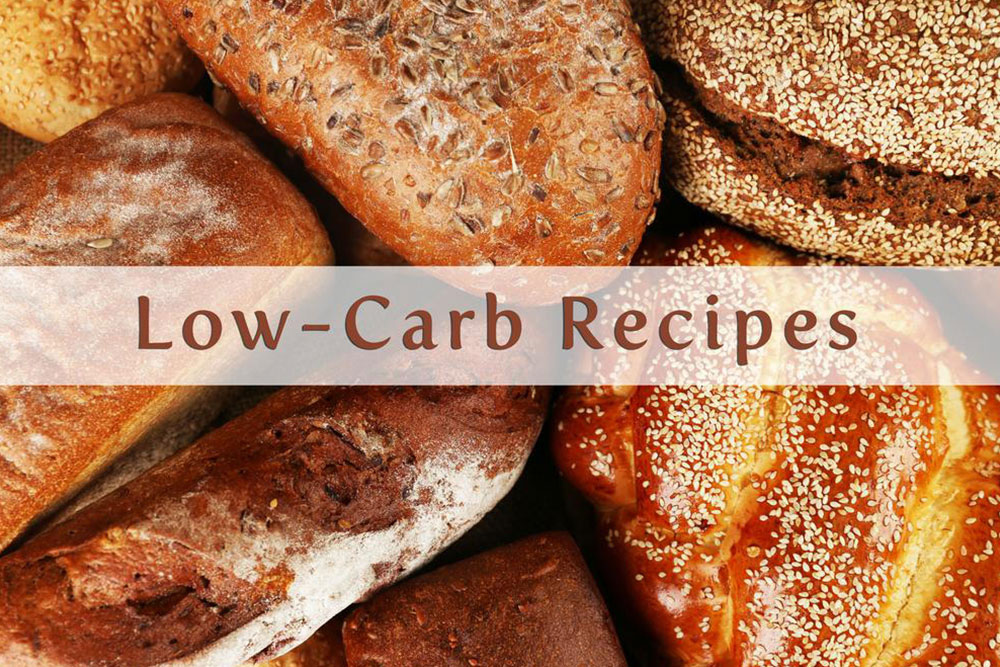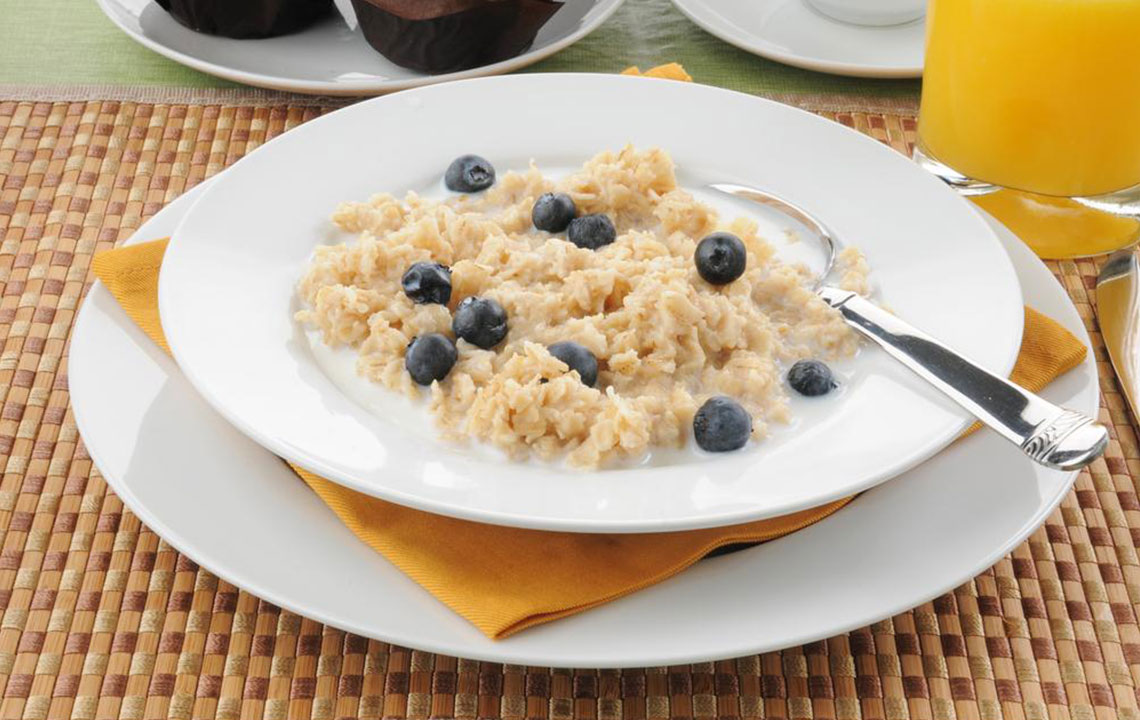Maximizing Weight Loss with the Atkins Diet: An In-Depth Guide to Healthy Eating
Explore how the Atkins diet promotes effective weight management by emphasizing high-quality proteins, healthy fats, and balanced meal planning. Learn practical tips for incorporating nutrient-dense foods into your daily routine for sustainable health benefits.

Comprehensive Insights into How the Atkins Diet Facilitates Effective Weight Management and Healthy Living
The Atkins diet is a well-known nutritional approach focusing on reducing carbohydrate intake while emphasizing protein and healthy fats. This dietary regimen is designed not just for weight loss but also for promoting metabolic health and sustained energy levels throughout the day. By prioritizing nutrient-dense foods and encouraging balanced meal planning, the Atkins diet offers a sustainable pathway for individuals seeking long-term health benefits. In this comprehensive guide, we explore how the Atkins diet supports weight management effectively and how it can be integrated into a balanced lifestyle.
One of the core principles of the Atkins diet is the consumption of high-quality proteins and healthy fats. These macronutrients are vital for maintaining feelings of fullness (satiety), reducing hunger pangs, and providing a steady energy supply. Foods such as lean meats, fish, eggs, nuts, avocados, and olive oil constitute the foundation of this dietary approach. The diet permits a wide variety of nutrient-rich foods including fresh vegetables, dairy products like yogurt and cheese, and even some fruits and whole grains in moderation, especially in the later phases of the plan. This flexibility allows followers to enjoy flavorful and satisfying meals without feeling deprived, making adherence more sustainable.
Breakfast options under the Atkins diet are diverse and nourishing. For instance, a typical breakfast might include crispy bacon paired with scrambled eggs or an omelet loaded with vegetables, offering an excellent source of protein to control hunger early in the day. Such choices help stabilize blood sugar levels and prevent cravings for unhealthy snacks later on. Moreover, incorporating moderate carbohydrate sources such as popcorn sprinkled with light cheese or a handful of berries with Greek yogurt enables individuals to meet their dietary needs for salt, fiber, and micronutrients, striking a balance between enjoyment and health.
Fiber plays an essential role in the Atkins diet, supporting digestive health and aiding in the regulation of blood sugar levels. Consuming fiber-rich foods including vegetables, nuts, and seeds not only promotes gut health but also enhances satiety, reducing the likelihood of overeating. The diet encourages the inclusion of healthy fats, which are crucial for overall well-being. These fats, found in foods like avocados, olives, and fatty fish such as salmon, help boost brain function, improve cholesterol levels, and support weight loss efforts by increasing feelings of fullness.
Adopting simple meal preparation strategies is highly beneficial in the Atkins diet. Recipes that require minimal ingredients yet offer maximum nutritional value are preferred. For example, a quick and nutritious salad featuring grilled chicken, fresh greens, and slices of avocado can be made in minutes, providing a satisfying meal that aligns with the diet's principles. Toppings like fruits or nuts can enhance flavor and texture without significantly increasing carbohydrate content. For snack options, nuts and cheese cubes serve as convenient, healthy choices that keep energy levels stable. Key to success on the Atkins diet is choosing high-quality ingredients, practicing moderation, and maintaining consistency. These practices ensure effective weight management and preserve high energy levels throughout the day, making the diet both practical and sustainable for long-term health improvements.





